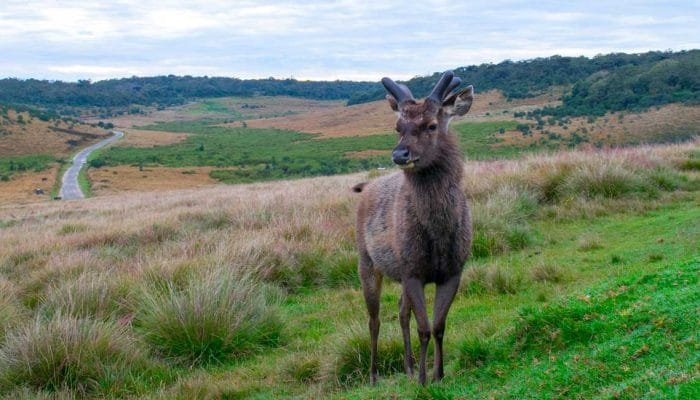Horton Plains Park
Horton Plains National Park is situated just 32 km from Nuwara Eliya (190 km from Colombo) and features montane grassland and cloud forest within the Central Highlands, offering excellent photo opportunities and showcasing rich natural beauty. The park sits on a plateau at an altitude of 2,100 to 2,300 metres and was declared a national park in 1988 due to its biodiversity and geographical significance. It is a popular tourist destination, home to several attractions, including World’s End, Mini World’s End, Bakers Falls, and the peaks of Kirigalpoththa and Totupola Kanda.


Originally called Maha Eliya Thanna by locals, the park was renamed Horton Plains after Sir Robert Wilmot-Horton, the British governor of Ceylon from 1831 to 1837, by Lieutenant Albert Watson, who “discovered” the plateau. However, stone tools belonging to the prehistoric Balangoda man have been discovered within the premises, indicating a history that predates British colonisation. The Central Highlands receive the most rainfall during the southwest monsoon season, with wind speeds sometimes reaching gale force. Therefore, the relatively dry period from January to March is the best time to visit. Mist often lingers during the day, especially in the wet season, and ground frost is common in February, with numerous pools and waterfalls spread throughout the landscape. The plains act as the headwaters for three major rivers in Sri Lanka—Mahaweli, Kelani, and Walawe—and also feed Belihul Oya, Agra Oya, Kiriketi Oya, Uma Oya, and Bogawantalawa Oya, making it the most important watershed in Sri Lanka.
Horton Plains consists of two distinct vegetation types—montane grasslands and evergreen forests—with nearly 700 recorded plant species, 27 of which are endemic to Sri Lanka. The park is home to 24 mammal species, 87 bird species, nine reptile species, and eight amphibian species. Since the Sri Lankan elephant was last seen here in the 1940s, the largest and most commonly spotted mammal is the sambar deer. Other wildlife includes leopards, wild boars, mongooses, and giant squirrels. Horton Plains also forms an Important Bird Area (IBA) alongside Ohiya, Pattipola, and Ambewela, containing 21 endemic bird species, with four endemic to Horton Plains alone: the Sri Lankan blue magpie, Sri Lankan white-eye, Sri Lankan wood pigeon, and dull-blue flycatcher.

